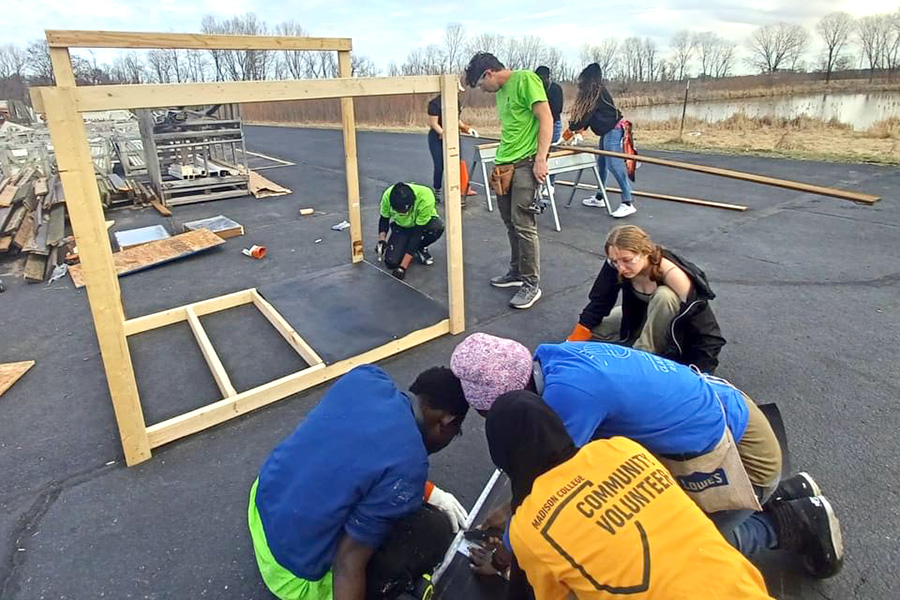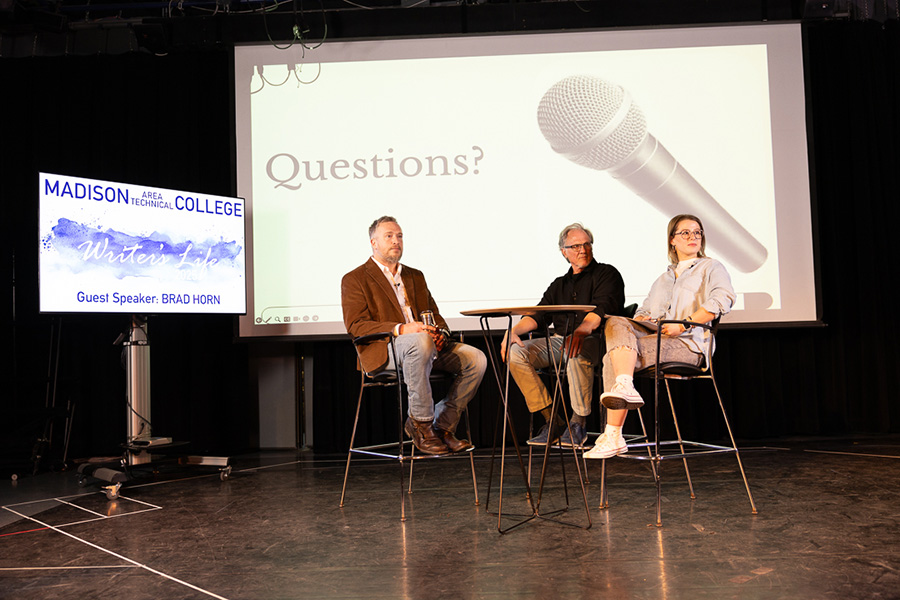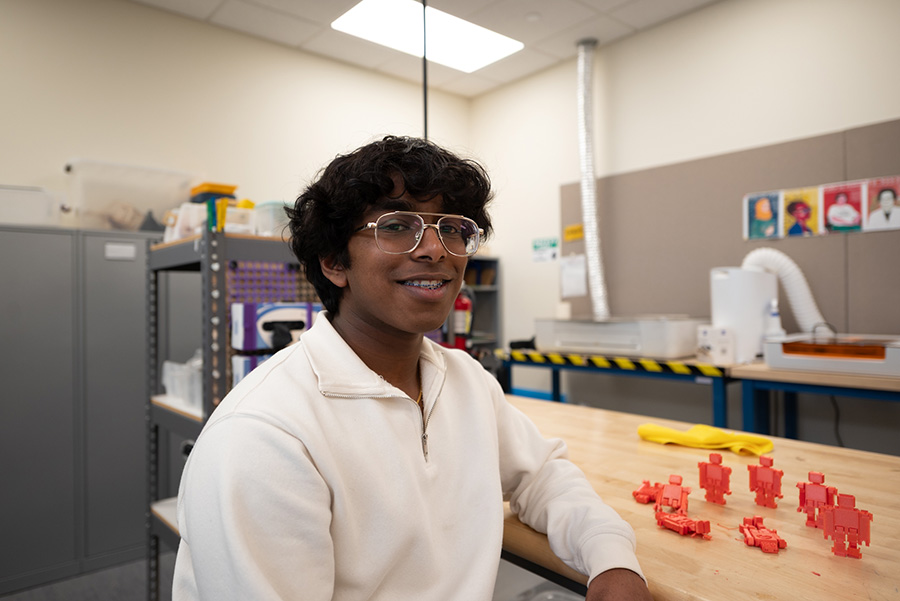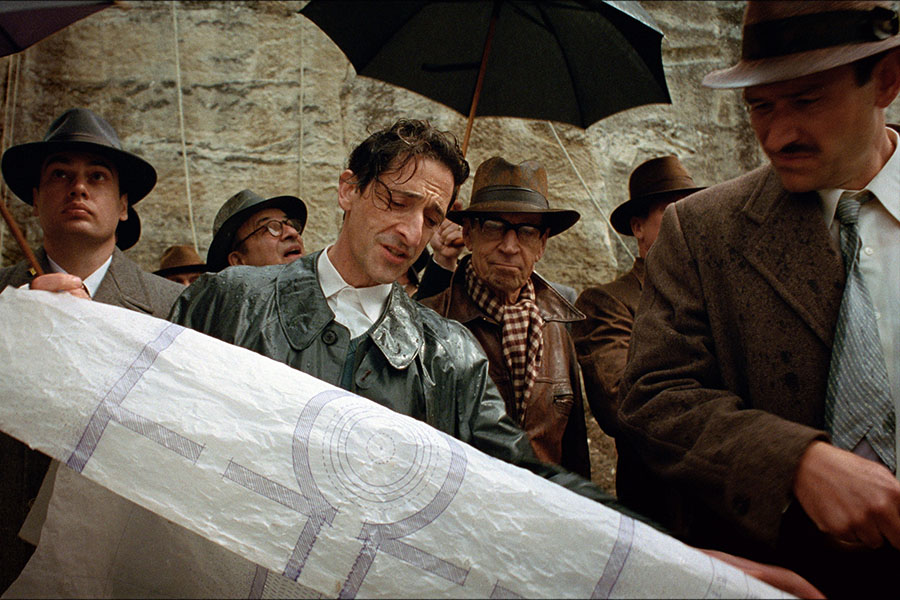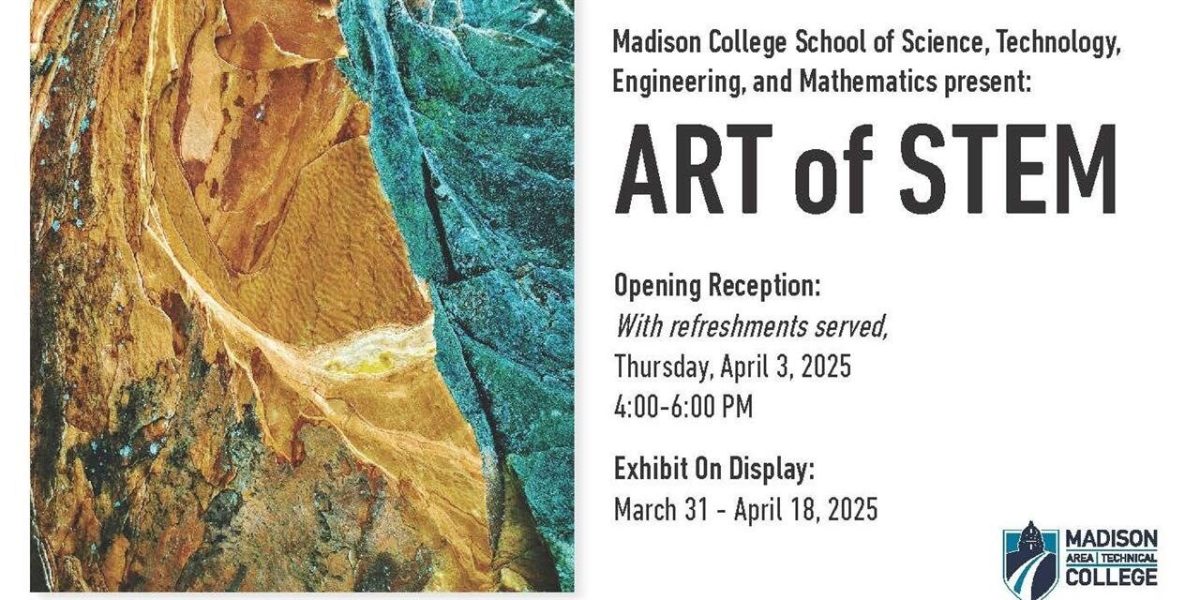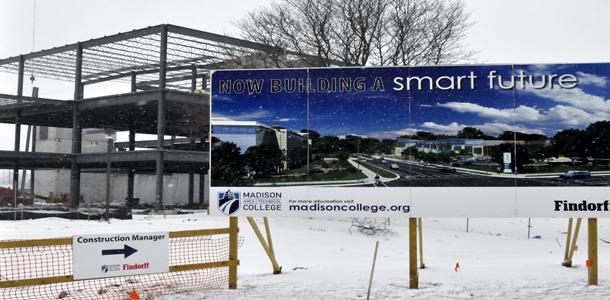As the construction continues throughout the college, the college is incorporating a green philosophy into the project. New geothermal heating and cooling systems are being installed in the Protective Services and Health Education building. The system will heat and cool the new Protective Services and Health Education buildings. The system is entirely boiler-free. Wells are being dug 450 feet deep in the ground at the soccer fields.
Pumps attached to the wells will circulate water through pipes running underground into the buildings. As the water passes through the pipes, buried below the frost line, the water will extract heat from earth and circulate it. The same procedure works for the cool that the ground traps in the summer. Although the initial price is higher (the system will cost $1,000,000), it will pay for itself in 10 years, maybe even less as energy prices rise. The amount of repairs necessary will be minimal, limited to potential pump repair.
Another substantial change being made in the heating and cooling systems at Truax is a heat recovery system. This new system will be used to update the current HVAC (or heating, ventilation, and air conditioning) systems, allowing the fresh air coming into the building to use the heat from the air leaving the building. This greatly reduces the amount of energy needed to heat the building.
The additions at Truax also include Green roofing on the Health Education building, which will be a glass roof, and rain gardens in order to help improve water quality.
The other additions will include Thermoplastic Polyolefin roofing, which will help contain the heat in the building and reflect heat from the sun in the summer. Shades on the new, large windows will also help keep out the summer sun.
Each new area of construction will include LED lighting connected to sensors in order to dim the lights depending on the amount of sunlight in the building. The new skylights and increased amount of daylight let in from bigger windows will also decrease the need for the LED lights.
Electric charging stations for cars will be added, and the plumbing being installed will include new high-efficiency aspects like waterless urinals.
The construction work is being done with as much regional material as possible, and the goal is to recycle 75 percent of any construction material waste.
Across the board, the construction additions will all fill the LEED Silver requirements, with some aspects of the new construction even going above and beyond the minimum. Madison College potentially may look greener by 2013.


